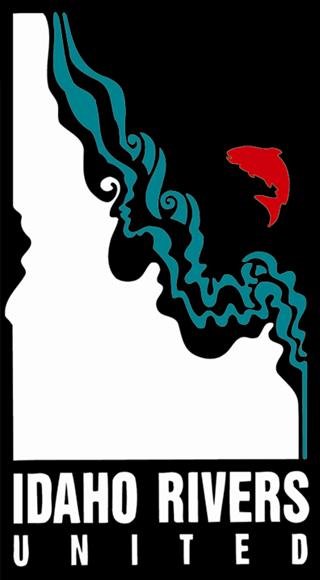Priest River conservation update
Aerial view of the Priest River drainage from an Ecoflight tour in August. Photo credit: Ecoflight
On August 31st, IRU partnered with Ecoflight to conduct several flyovers of the Priest River in northern Idaho. Stakeholders onboard represented Idaho Conservation League, Idaho Fish & Game, Idaho Wildlife Federation, the Kalispel Tribe, the Lakes Commission, the Priest Community Forest Connection, and the Selkirk Conservation Alliance. The flyovers were used as an opportunity to build partnerships and gain a fresh perspective from the air of the Priest River and the warming water related challenges it faces.
When viewing the Priest River from the air, it’s easy to see the traits of a healthy river system – intact tributary streams flow into the channel as the river meanders across the valley floor from the Priest Lake outlet to its confluence with the Pend Oreille River.
The river’s limiting factor is less apparent, though – hot water temperatures are the culprit, which impair native fish populations in the summer months. Bull trout migrate between the Priest and Lake Pend Oreille, and populations of westslope cutthroat and mountain whitefish also call the river home. Yet, all of these species are found in much lower densities here than in nearby streams due to a lack of the cold water that is so vital to native fish populations.
Cold water in the Priest River has been missing since 1951, when the Outlet Dam was constructed to control the water level of Priest Lake. Warm water from the lake’s surface passes through the dam into the Priest River, causing the river below to at times become uninhabitable for fish. In 2021, water temperatures rose to levels lethal to fish species for weeks, causing die-offs throughout the river.
The Kalispel Tribe, to which the Priest Lake area and its native fish species are very culturally important, and Idaho Fish & Game proposed a cold-water bypass at the dam in 2013. The bypass would send water from the lake’s depths over the dam in order to cool river temperatures in the summer.
The bypass proposal has been met with skepticism and resistance from homeowners on Priest Lake. What was initially viewed as a win-win project has become drawn-out and contentious.
To address concerns, several studies conducted by the Tribe and Fish & Game found that the bypass would not negatively impact the lake, and would be effective at cooling down the river in the summer. More background on the bypass effort and the Priest River can be found here.
Going forward, stakeholder groups, including those present on the August Ecoflight, are prioritizing communicating the hot water issues fish populations face in the river with the public and those that care about the Priest watershed. The potential for this river to support a world-class fishery is clear. Building consensus around cold water delivery methods will unlock what is otherwise high quality fish habitat on the Priest River. Thanks to Ecoflight for bringing the people working on this project together.



